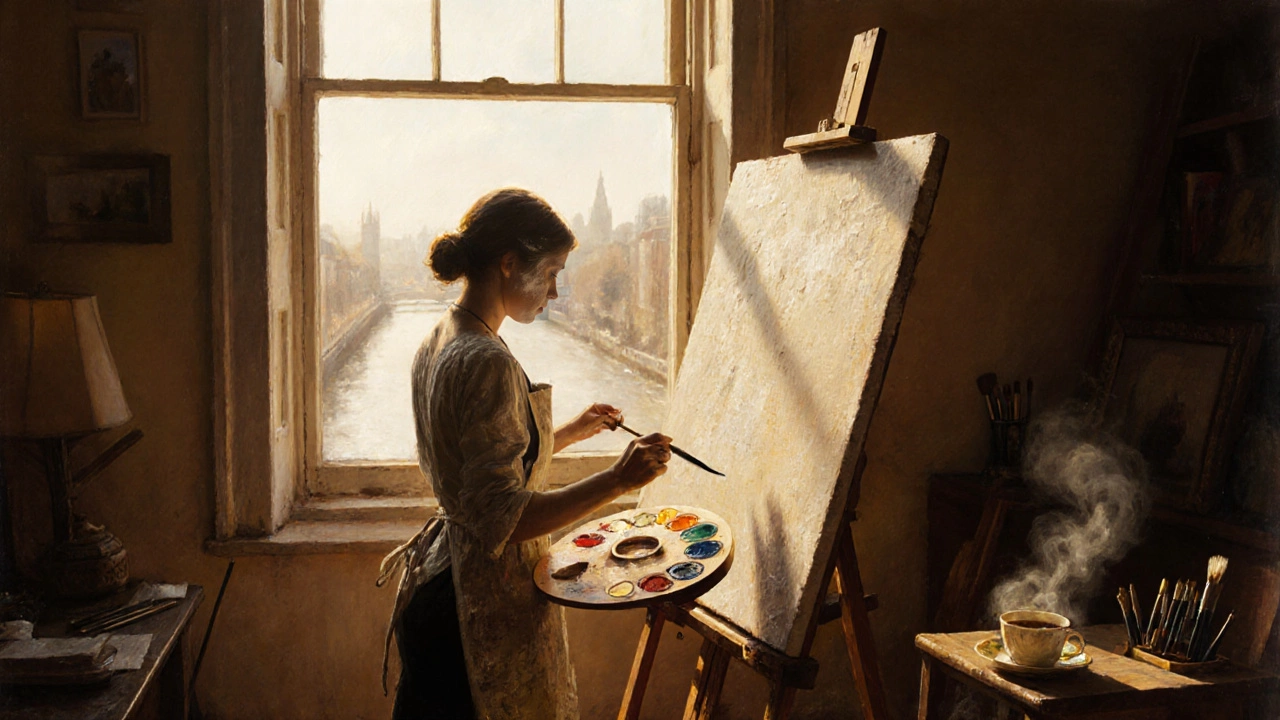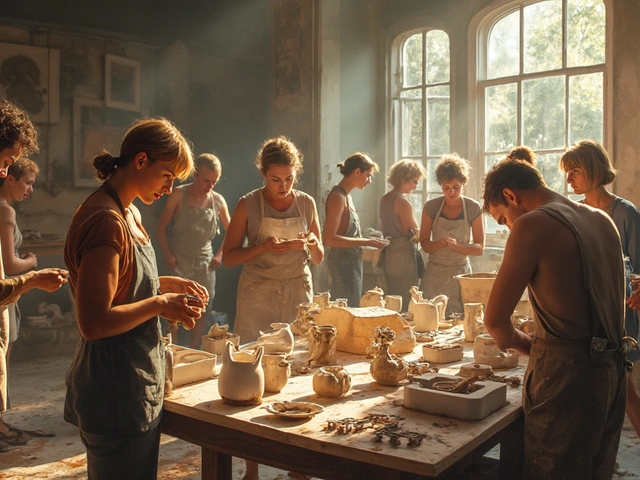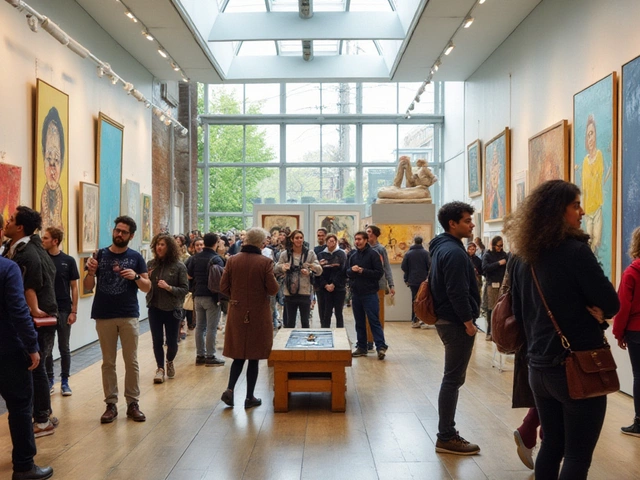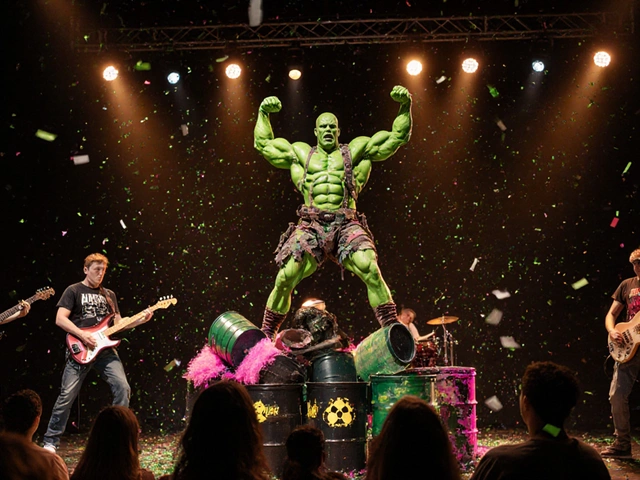Portrait Art Materials: What Every Artist Needs
Ready to upgrade your portrait game? The right tools can turn a rough sketch into a lifelike face in minutes. Below is a straight‑forward list of supplies that work for beginners and pros alike.
Choosing the Right Paints and Brushes
Oil versus acrylic is the first question most artists face. Oil gives you a smooth blend and long drying time, perfect for subtle skin tones. Acrylic dries fast, so you can layer quickly, but you’ll need a retardant if you like to work wet‑on‑wet.
When it comes to brushes, a medium‑sized sable or synthetic sable works best for detail work. A flat brush in ½‑inch size helps lay down smooth base layers, while a fine liner (size 0 or 1) is ideal for eyelashes, hair strands, and fine highlights. Clean your brushes after each session; a quick rinse in mild soap keeps the bristles responsive.
Don’t forget a good palette. A wooden or glass palette stays cool and makes mixing skin tones easier. Keep a small amount of white paint on the side – you’ll use it more than you think for adjusting value without over‑mixing.
Supporting Gear: Canvas, Lighting, and More
Canvas or panel? A primed linen canvas gives a texture that adds depth to skin, but a smooth MDF panel is great for ultra‑fine detail. Choose a size that lets you work comfortably – 16x20 inches is a popular middle ground.
Lighting is often overlooked. A soft, daylight‑balanced lamp reduces harsh shadows and shows true colors. Position the light at 45 degrees to the canvas; you’ll see highlights and shadows exactly where they belong.
Sketching tools matter too. A hard HB or 2H pencil lays a light grid you can erase later, while charcoal or soft graphite works for building rich tonal ranges before you paint. Keep a kneaded eraser handy for lifting highlights.
Finally, protect your work. A fixative spray for charcoal or a varnish for finished oil paintings adds durability and brings out color depth. Apply in a well‑ventilated area, and follow the coat instructions for best results.
By picking the right paints, brushes, surface, and lighting, you set a solid foundation for any portrait. Mix, experiment, and adjust – the best material is the one that feels right in your hand.
Got a favorite brand or a secret tip? Share it in the comments and help other artists find their perfect set‑up.
Best Surface for Portrait Painting: Canvas, Panel, or Paper?
Discover the ideal surface for portrait painting. Compare canvas, linen, wood panels, and more to choose the perfect base for oil or acrylic portraits.
Continue Reading




